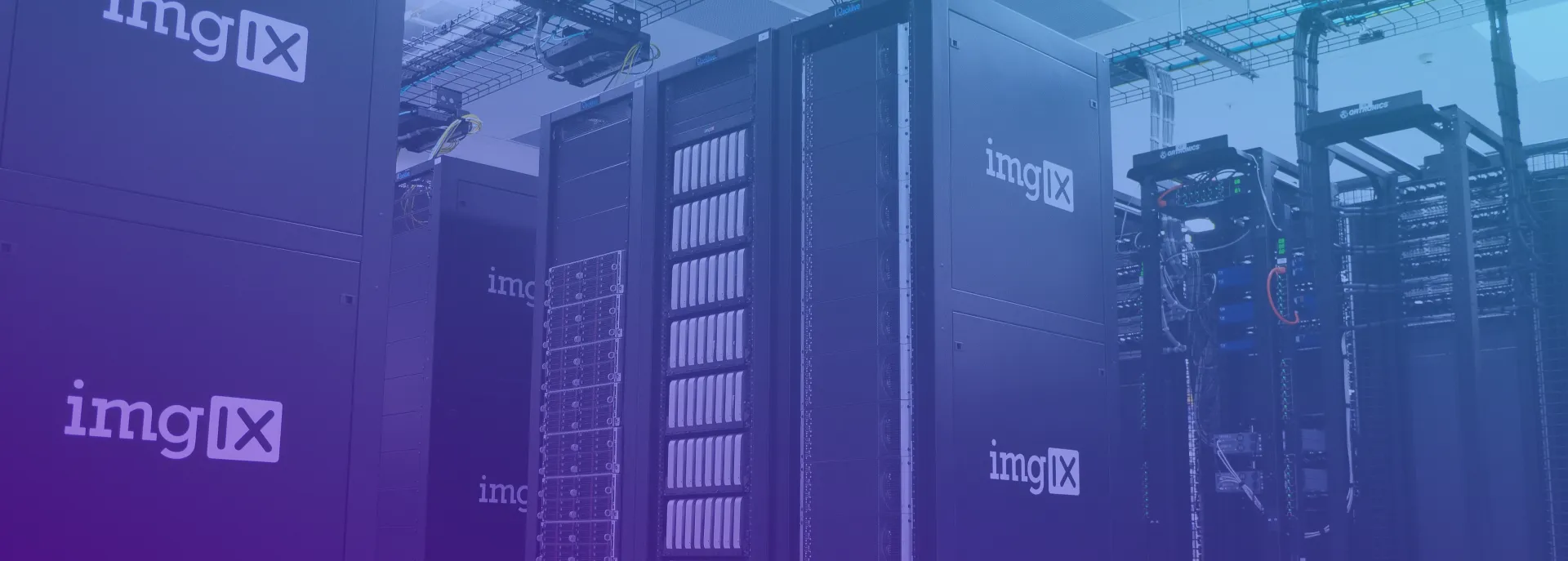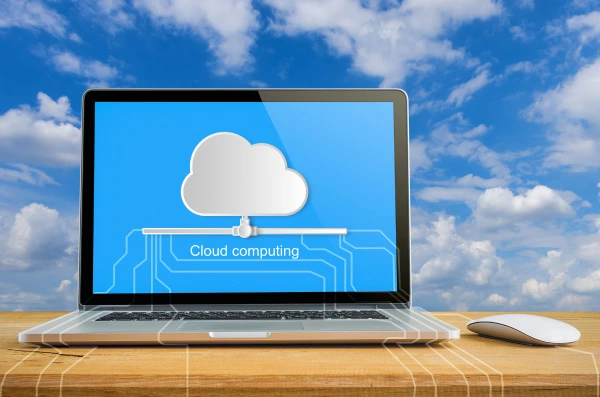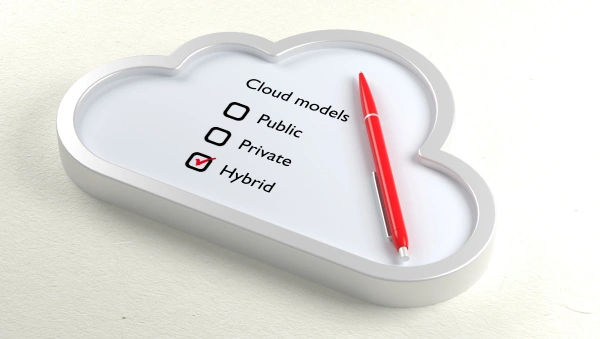
How To Develop A Cloud-Based App
In today's computing, user experience is everything. Aesthetics matters, but functionality matters even more. Often, monetization is the primary motive behind the development of any app. For this reason, developers have learned to measure the performance of apps based on how well they satisfy the needs of the end-users. The quest to optimize functionality and meet end users' expectations has led to incredible innovations, and cloud applications development is one of them.
Across all industries, it has become trendy to develop a cloud-based app. According to the projection in this report, the global cloud computing market size will grow to USD947.3 billion by 2026 at 16.3% Compound Annual Growth Rate. Among the many reasons responsible for the rave for cloud-based apps are:
- The topnotch efficiency of the hosting technology
- The reduced infrastructural investment and maintenance costs are.
This article will explore what cloud-based apps are, how they work, and their benefits over desktop and web alternatives. Most importantly, we will examine how to build a cloud-based application step-by-step.

What Are Cloud-Based Apps?
Cloud-based apps are programs that run on the internet with modules saved online to execute some or all of their processes in the cloud.
Regardless of the type (desktop, web, cloud-based), every application comprises data and the code that needs a space to run. In the case of cloud-based apps, the user interacts with them through a mobile app or the browser of an internet-enabled device. Note, however, that the device functions only as an input gadget for entering the commands you want the app to execute. In other words, the user's device does not host the process. The actual data processing takes place in a remote server and is made possible with the help of an API.
Why The Buzz Over Cloud-based Apps?
Certainly, there must be some reasons that sustain the buzz about the adoption of cloud-based apps. Some of these reasons are:
- Convenience: The current workplace requires a level of flexibility that web applications cannot afford. Work hours are becoming more fluid, and people do not necessarily need to work from the office. Unlike web applications, cloud-based apps function best in scenarios like this, considering that workers can access them from any location with an internet-enabled device.
- Cost-saving: cloud-based apps save users the cost of infrastructure and maintenance.
Outstanding Features Of Cloud-based Apps
In the section above, we looked at some reasons individuals and industry thought leaders clamor for cloud-based apps. These reasons are based on the exceptional features of the cloud-based apps, which sets them apart from ordinary web applications. These features are:
- Cloud-based apps store their entire data in a cloud infrastructure. This arrangement renders the device a mere input gadget without the pressure to process any data.
- Despite being cloud-based, it allows the user to store app data temporarily on the device when it's offline. The app automatically syncs and uploads the data to the cloud service once the gadget goes back online.
- Distance or device type is not a barrier as long as it's internet-enabled. Cloud-based app users can access the services through tablets, smartphones, laptops, etc.
Cloud Computing Models
Depending on the ownership of the cloud infrastructure, there can be three cloud computing models. Essentially, these models are not different in any practical way except in the kind of ownership of the infrastructure. The three cloud computing models are:
- Private cloud: An organization can design a cloud infrastructure for its personal use. In this model, the organization owns the infrastructure.
- Public cloud: Some cloud computing infrastructures are over the internet. Unlike the private cloud model, this infrastructure is open and available to the public.
- Hybrid cloud: Sometimes, organizations combine the services of privately and publicly owned infrastructure. The term hybrid describes this cloud computing model perfectly.

Cloud Stack For Cloud-based Applications
In the last section of this article, we will discuss how to make a cloud application. One of the first decisions a developer must make is the cloud stack to implement in the development. While components underlying the infrastructure of cloud-based apps can be categorized in many ways, the most common classification is based on the differences in their architecture. Thus, we have:
- Software as a Service (SaaS)
This category constitutes the majority of most cloud-based apps currently. Their main differentiating feature is that they run on third-party hardware. On the other hand, the software is hosted remotely. This arrangement saves users the money they would have spent on expensive hardware and the cost of software updates.
Examples of cloud-based SaaS are Google Drive and Google Docs.
- Infrastructure as a Service (IaaS)
The main feature of cloud-based apps under this category is that they offer companies the components to build custom products without developing from scratch. The IaaS provider supplies the customer with sophisticated infrastructure and support. On the other hand, the customer has to design a programming bridge to link the application and the operating system.
Examples of IaaS apps are Microsoft Azure, Amazon Web Services, and Google Computer Engine.
- Platform as a Service (PaaS)
Earlier, we noted that every app consists of data and code, which is the processing logic it needs to run. PaaS is a ready-made solution that requires the code to allow customers to leverage the hardware and software of the provider. PaaS offers the developer the latest version of the software through constant updates. Also, PaaS provides the user the flexibility to scale or change the app entirely.
Some examples of PaaS cloud solutions are AWS Elastic Beanstalk, Google App Engine, Apache Stratos, OpenShift, and Force.com.
How Does A Cloud-Based App Work?
Although we have talked about how cloud-based apps generally operate, in this section, we will look at the specific setup and how they differ from web and desktop apps.
The idea of cloud-based computing technology is based on creating a remote data center as a service. This data center oversees the processing and storage of data outside the user's local device. Also, it supports multiple access and ensures security and integration through a meticulously programmed backend.
Although cloud-based apps conduct data processing outside the user's local device, they are still highly responsive with a reasonably fast internet connection. Additionally, cloud-based applications can function offline, temporarily store data, sync, and upload the date when your device goes back online. Also, cloud applications take up only a small storage space on your local device and offer as much elegance and portability as web apps.
Difference Between Cloud Apps And Web Apps
You might find it difficult to tell the difference between cloud-based and web apps with recent improvements in remote computing technology. It has become easier to see the similarities readily than the fundamental differences. For example, both web and cloud apps can access data from remote storage systems.
However, the essential difference between cloud and web applications is their architecture. Unlike cloud apps, a web-based application only functions with an uninterrupted internet connection. On the other hand, cloud-based apps can operate offline and store data temporarily on the device. They use the internet primarily to download or upload data.
Two good examples illustrating the functionality difference between web-based and cloud-based apps are your Gmail app and your word processing. Being a web-based application, your Gmail needs the internet to enable you to compose or organize your correspondence. Conversely, cloud-based word processing works just fine locally on your device. It only requires an internet connection when you need to upload or download data from the cloud server.
Difference Between Cloud Apps And Desktop Apps
Unlike web-based applications, desktop and cloud-based apps do not share many similarities. One feature of desktop apps is that they depend on platforms to function. In other words, they are limited by the systems they are installed in. This limitation implies that users require different versions for different operating systems. The disadvantage of this is that desktop apps cost more time and money to build and maintain.
On the other hand, cloud-based applications operate independently of any platform. As long as you have an internet-enabled device, you can access cloud apps from any place, at any time.
Another main difference between desktop and cloud applications is the issue of version upgrades. Essentially, desktop apps are installed on devices, and developers keep improving their features, resulting in new versions. Every user doesn't immediately upgrade to the latest versions of desktop apps as soon as the developers release them. This challenge creates the need for reliable IT support to manage issues that come with these versions.
Unlike desktop apps, cloud applications have no version control challenges since users only have one version available on the cloud at any point.
Types Of Cloud Hosting Services
Cloud hosting services are the backbone of cloud computing. It requires technical expertise and maintenance, which the provider may or may not offer. Based on the availability or lack of technical support, we can group cloud hosting services into:
- Managed services: Depending on the cloud provider, users receive different levels of technical support when they purchase their hosting services. Providers known to offer managed services include Amazon Web Services, Microsoft Azure, and Google Cloud Platform.
- Unmanaged services: You have to provide technical expertise and support for yourself with these hosting services.
Benefits Of Developing Cloud-Based Apps

You probably may have gotten the general idea of what makes cloud applications unique. In this section, we will look specifically at the individual benefits.
- They Are Cost-efficient
Unlike on-premises infrastructure, cloud technology does not require an upfront investment or cost of putting the infrastructure in place. Cloud services operate on a pay-as-you-go basis. This system maximizes the efficiency of your resources by ensuring that you are charged for what you use.
- Disaster Recovery
Users can only safeguard against disaster without the cloud by providing additional data centers and infrastructure for backup. In addition, they also need to factor in the extra cost of maintenance. The cloud offers better disaster recovery and data security. Interestingly, it does so at a cheaper rate as it requires no upfront investment in infrastructure or maintenance.
- Scalability
Traditional data hosting does not offer apps enough allowance to scale as much as the users would like. The cloud-based infrastructure allows businesses to scale any portion of their apps quickly.
- Flexibility
Cloud-based apps allow you to choose custom models and offerings. Unlike desktop apps, cloud applications offer you the option to set up your environment to suit your business needs.
- Not Limited By Geography
One of the irresistible perks of cloud applications is that you can use them without bothering about distance as a barrier.
- Easy To Deploy
The deployment and testing of cloud-based apps afford businesses the opportunity for automation.
How To Develop A Cloud-Based App In 6 Steps?
Foremost, you need to understand that a cloud-based application is a solution, and you must approach it by putting your customers' needs first. With that in mind, the steps for developing cloud applications are:
Step 1: Conduct A Thorough Market Research
What are your customers' pain points, and how can you solve them? You can only find real answers to questions like this through objective market research.
Step 2: Hire a Team
Cloud application development is not a one-person show, except you do it as a hobby. It would be best if you had a pool of talents to contribute their strengths to the making of an app that solves the pain points you noted from your research.
Don't know where to hire a team? You can find developers on freelance websites. However, you have better chances of getting a professional service with outsourcing companies like Boston Unisoft.
Step 3: Choose The Architecture And Features
The success of your app depends on the architecture and services models you choose. You must decide on a cloud-ready application architecture even before you incur any costs in the app development. We recommend that you seek expert consultation to help you make the right decisions.
Step 4: Determine The Tech Stack You Would Be Using
In the last section, we listed some of the benefits of a successful cloud-based application. Essentially, cloud-based apps must solve the customer's pain points. However, for them to possess the features that offer the benefits that solve the pain points, you need to choose the right technology for the development.
Again, this is where consulting experts come in to save the day. This consultation might save you the cost of procuring alternative tech in the future because experts know what works and what doesn't.
There is no shortage of tech stack you can choose from:
Application And Data
- ClearDB
- Cloudant
- Akamai
Utilities
- Google Analytics
- Zuora
- TransmogrifAI
- Heap
- Twilio
- Recurly
- Optimizely
- Cyfe
DevOps
- Bitbucket
- StillAlive
- Cloud9 IDE
- Jenkins
- Datadog
- Puppet Labs
- New Relic
- Sauce Labs
Business Tools
- Salesforce Sales Cloud
- InVision
- UXPin
- G Suite
- DocuSign
- Jira
- Balsamiq
Step 5: Testing
In this step, take your time to find out if the product serves the purpose for which it was made. Fix any bugs or technical challenges before you launch. One of the worst mistakes you can make is to have end users point out your sloppiness to you, especially when they paid you money for the solution you sold them. Take your time to ensure that your app offers the intended user experience before you launch.
Step 6: Launch And Update As The Need Arises
Finally, launching is the moment you have been working for. After thorough testing and fixing bugs, release your app on Google Play and iOS app stores. Watch out for customers' reactions and make upgrades based on them.
Building a cloud-based app can be a daunting technical task. As a business person, you may need a team of experts to handle the process for you. Leveraging expertise will take the burden off your shoulders and ensure that you are confident of what you are getting at the end of the day. Boston Unisoft boasts the best team to help you achieve your cloud-based dreams. Get in touch with our expert now to develop your cloud-based app.